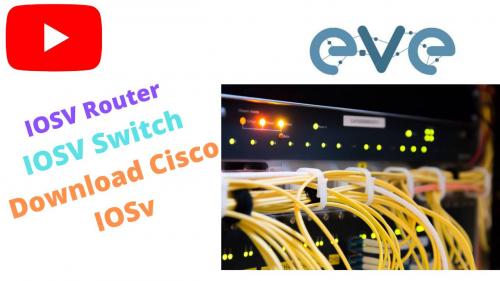How Ccie Lab Practice is Done Efficiently

Without
the use of specialized network gear, such as routers and switches, GNS3 is open
source software that mimics complicated networks while performing as closely to
how real networks do. GNS3 offers an easy-to-use graphical user interface for
designing and configuring virtual networks. It works with Windows, Linux, and
Mac OS X and is compatible with standard PC hardware.
GNS3
can only simulate the Cisco router if it has access to an actual device's IOS. Download
the actual device's IOS image file to the PC running GNS3 in advance. This ccie lab
practice for Cisco router models are suggested for GNS3 use and is
listed in no particular order.
Although
these models do not support the newest IOS 15.x, most CCNA-CCNP and CCIE
Routing & Switching technologies can be sufficiently verified on these
routers, so you don't need to be familiar with the newest IOS to prepare for
the Cisco certification exam.
Setup
of the GNS3 Basic Lab
It
could take some time for someone studying GNS3 to understand how it functions
precisely. It might be more difficult because many people who are just learning
GNS3 are also just learning networking. The complexity of simulating cisco iosv
download in Cisco IOS environments was reduced to some extent by GNS3,
which was created among others. Although configured and run in the background,
GNS3 continues to use the other available tools. Most users already have a
basic understanding of GUI OS, which is needed for lab configuration in GNS3.
It
is best to start out by having a general notion of what the topology will
entail. Two 7206 routers will be connected to one another over a single serial
link in the architecture used for the study. The two 7200s should be moved from
the nodes types pane to the map pane as the initial step in setting this up.
It
is now necessary to connect the two routers in gns3 ccna labs using
a serial link after they have been set up on the map pane. The Add a Link tool,
which looks like a cable connector in the top navigation bar, allows users to
choose from the various link kinds that are offered. The two devices will be
linked together in this instance using a serial link.
Clicking
the first device and then the second device is all that is necessary to connect
two devices once the link type has been chosen; It denotes that the interface
is not enabled, and will appear on the map pane once the link has been
successfully formed.
By
clicking on the Add a Link tool once again after all of the Serial links have
been created, the Add a Link tool must be disabled. The thumbnail will become
red once it is active.
Post Your Ad Here
Comments